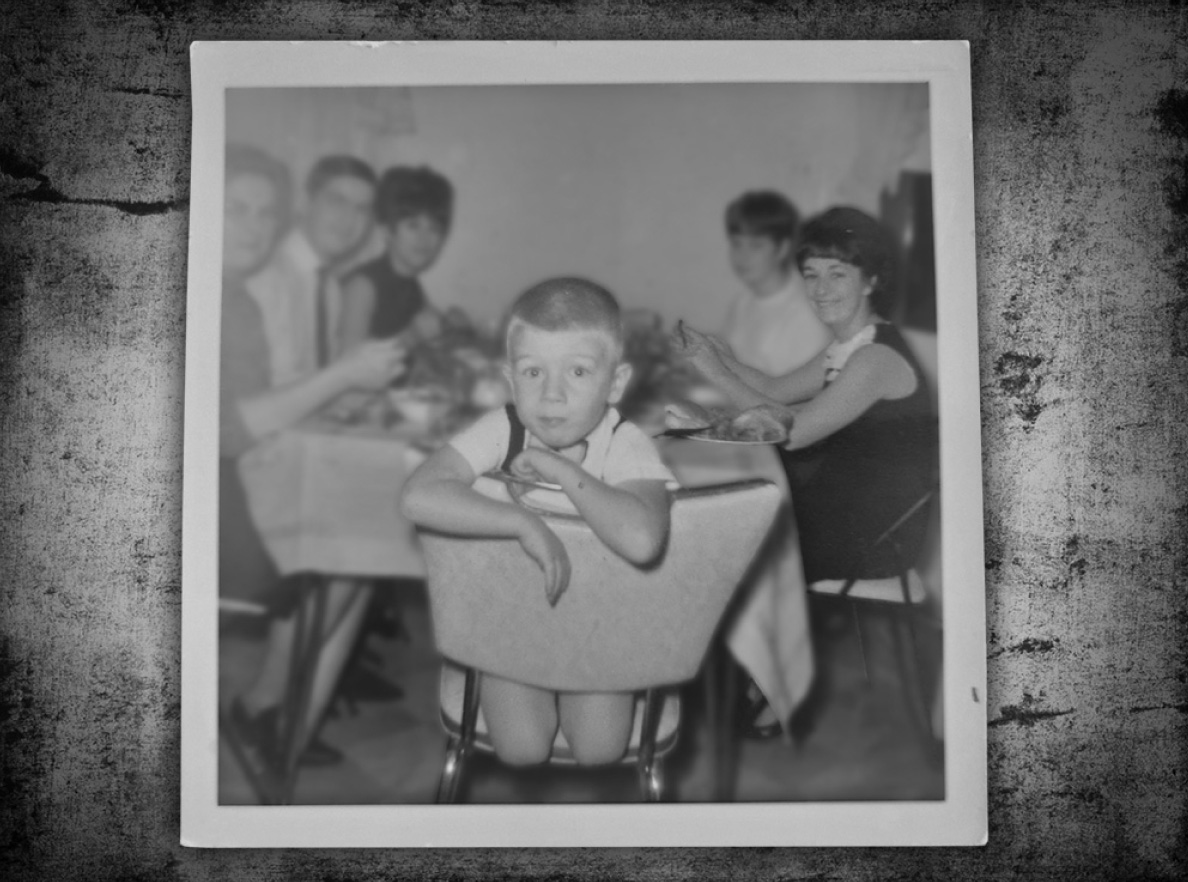Everybody’s talking about one-to-one today. It may seem like just another gadget to add to your digital marketing toolkit, but not long ago one-to-one played a crucial role in every business relationship.
Enjoy this featured INCITE audio article anytime, anywhere.
Marketers could learn a lot from my mother’s butcher.
A wise man (and quite an efficient salesperson), Claude was our family butcher when I was growing up. He was a gentle soul who knew his customers, down to family member names and what they preferred to serve at dinnertime.
From opposite sides of the counter, Claude and my mother listened to each other – a two-way exchange based on mutual respect, information sharing and finding the best (perhaps even tastiest) solution.
The Way of the Butcher balanced – and exponentially improved – the relationship equation.
Today, replicating the one-to-one commercial relationship like the one my mom and Claude had 50 years ago is far from easy, even with the help of technology. But it may be more vital than ever in order to thrive in a rapidly impersonal world where brands are increasingly going direct-to-consumer in the hunt to capture first-party data.
Progressively, digital has taken us down a path of shortcuts that have relied on the impersonal to achieve the personal. That’s because the equation has been imbalanced, weighted toward the brand, not the customer. And, for the most part, that’s a problem of orientation, not technology.
With the arrival of new and better technology, marketers now have the tools they need to build an authentic one-to-one digital relationship with their customers. But personalization comes with its own set of challenges: What if we are focused on the wrong “one” in the one-to-one relationship? What if the missing link in the equation was something my mother’s butcher, Claude, knew all along?

Human error in the machine
The human vs. machine divide is nothing new. But 20 years of working on the interweb has taught me that human error is often at the root of the problem. Artificial intelligence – no matter how intelligent – is only as useful as its programming and intent.
In their search for the digital 1:1 relationship, the modern homo marketus has been paralyzed in the headlights of tech, taking their hands off the wheel and their eyes off the consumer. Blinded by all the possibilities, they confused personalization with automation. That has come at a price.
Personalization implies consumer-centricity in creating attention, engagement, context and relevancy; automation can easily create a false sense of security, giving the marketer permission to disengage. Like when a chatbot jumps in with the social skills of a doorknob. Or when an ad for an electric screwdriver stalks you across the internet.
My thoughts always turn to the human being who thought this was a good idea – the one who signed off on the strategy, who clearly never tested it, the one who never considered if the customer even wanted it or how they would experience it.
The draw of digital is its infinite capacity to create, cultivate and amplify engagement. But there is no engagement without relevance. Instead of getting hung up on automating the relationship, marketers should focus on ramping up the relevance.
That is the Way of the Butcher.
You might also like:
- Why it’s time to shed that digital-only mindset
- Case study: How Canadian Down & Feather woke up to the possibility of direct mail
Pertinent personalization
There will be 376.4 billion email messages sent every day by 2025. Yes, billion. It is no surprise then that 64 per cent of SMEs use email for their marketing. But meanwhile, 26 per cent of business emails bounce back, 16 per cent never make it to their destination and 40 per cent of consumers admit to having 50 or more unread emails idling in their inbox.
Think about it: Of all the subscription emails you get, how many are both personalized and useful?
The answer is very few, in my experience. Far too often, the only time I interact with these emails is when I try (often frustratingly unsuccessfully) to unsubscribe when their irrelevancy has finally exhausted my legendary patience.
Programmatic ads drive 72 per cent of display ad traffic. On the surface that sounds great – being able to follow a consumer around the internet instead of waiting for them to show up on your site. But what you gain in higher frequency and lower media costs, you often lose in context.
Remarketing is a powerful tool. But without thoughtful settings, a clear vision of the customer journey and a sequenced scripting of the messages to be displayed, it can quickly morph into advertising abuse.
Consumers aren’t done with digital marketing
When you try to capture the human element of the business relationship, that’s when the shortcomings of a digital-only 1:1 approach become all too clear.
The more you try to vaguely personalize, the more blatantly you miss the mark. The more you try to approximately mimic brands that excel at meaningful marketing, the more the gap widens between the leaders and the laggards. The more coercive you get with customers under the guise of personalization, the more creeped out they’ll be.
The numbers don’t lie:
- 25.8 per cent of consumers block digital ads
- 77.4 per cent of consumers complain of being hounded with the same ad too many times.
- 63 per cent of consumers are willing to drop brands that use poor personalization tactics.
- 78 per cent of CMO Club members consider it “inexcusable” to force-feed customers ads for products they’ve already purchased.
- 74 per cent of CMO Club members believe bad ads undermine brand loyalty.
People don’t have anything against digital advertising or emails per se. They’re just tired of irrelevant pitches. They want good advice, prompt assistance and considerate service.

Digital marketing with a personal touch
I’ve been touting the importance of humanizing digital relationships for more than a decade. Clicks, likes and follows all make for sexy statistics in a slide deck. But digital relationships are much more than that. Maybe it’s time to embrace the full potential of the “phygital” world that COVID accelerated.
After two years stuck at home, we’ve found numerous ways to feel close to our loved ones even when we can’t be together. I admit, visiting with your parents, nieces or in-laws over Zoom isn’t nearly as nice as seeing them in real life. But it’s something. And mailing a handwritten letter to a dear friend isn’t quite the same as sipping a Chardonnay by her side. But it’s something.
Intuitively, we understood how to use these tools to stay emotionally connected – to keep things personal. Technology hasn’t stripped us of our humanity; it has elevated it. Why not use that as inspiration in our own approach to 1:1 relationship tactics? What if we injected an authentic, personal touch into all the opportunities for personalization that data brings?
Scroll through sites that list the key traits a model salesperson needs to have, and you’ll find the same advice: listen, interact, create value, be accommodating, get feedback, create a consistent customer experience.
That’s what every good salesperson does.
That’s what my mother’s butcher did.
Why wouldn’t we?
Let’s figure out how to use technology – not as an end, but as a means to apply generous spritzes of our brand’s humanity. Consider this:
- Mailing a customer a VIP invitation to the launch of a new collection isn’t just personalized, it’s highly flattering and adds the right personal touch.
- Emailing a new customer of a cookware brand to share links teaching them how to prepare a lesser-known fish is thoughtful and useful and adds a tasteful personal touch.
- Inviting the buyer of a pair of running shoes to participate in a webinar on fitness and running adds an encouraging personal touch.
- Sending a customer a birthday card just to mark their special day and expecting nothing in return is sweet and adds a welcome personal touch.
But emailing a customer who just bought a pair of pants online to urge them to buy a shirt and a sweater on sale does not add humanity. Neither does keeping a customer trapped in automated phone system purgatory, imposing character limits on online email forms or forcing someone to wait 48 hours for a response to a simple online request.
No, Claude the butcher would not have approved.
Relationships are earned, not bought
In our rush to move from paid media to owned media, we seem to have forgotten to inject the wise humility of the earned media model in the 1:1 equation. Relationships can’t be bought. And they can’t be owned. They have to be earned. They have to be worked at. And they have to be nurtured.
Artificial intelligence is proving to be a powerful driver in building the optimal 1:1 digital relationship, but there is no place for artificial empathy or artificial affection. It’s up to us to cut these irksome imposters out of the equation.
It’s up to us to embrace the Way of the Butcher instead.
A brand that disregards the pivotal role consumers play in their ecosystem has nothing more than an egosystem. Is there anything more obnoxious than brands that only talk to themselves?
That’s something Claude the butcher understood full well – and Mom would have agreed.
Miss you, Claude. Miss you, Mom.
Are you ready for a customer-centric renaissance?
Discover how the evolution of one-to-one commerce is forcing brands to reconsider relationships with customers and incorporate more authentic ways of connecting.
Get INCITE